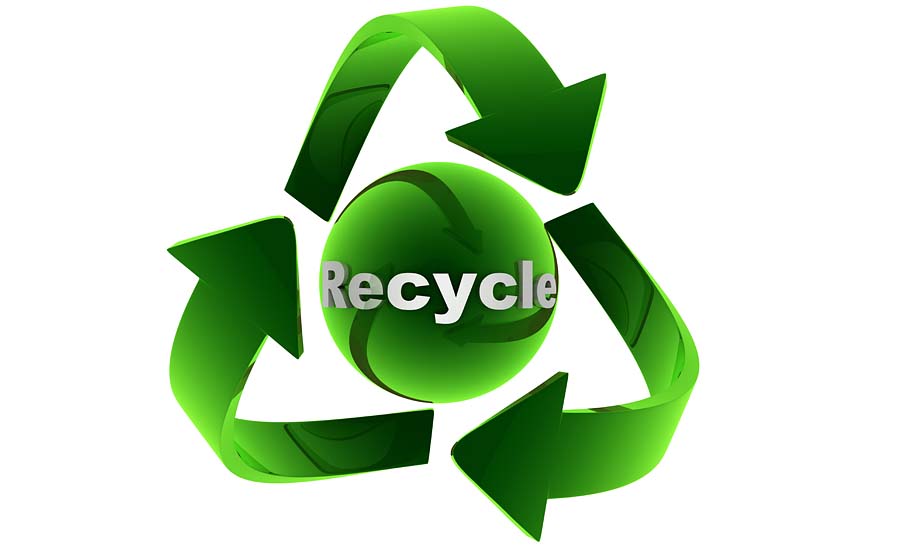USGBC announces LEED v4, CALGreen alignment for green building projects in CA
With California leading the way, many cities, counties and states are adopting green building strategies as mandatory requirements in local codes.

The U.S. Green Building Council (USGBC), the Washington, D.C.-based creator of LEED certifications, the Leadership in Energy and Environmental Design green building rating system, announced significant streamlining for all LEED pre-requisites and credits for California projects pursuing certification under LEED v4. New projects built to California’s robust energy and green building codes (CALGreen) are pre-approved for significant streamlining of fundamental LEED requirements.
"LEED has always helped to raise the bar on code, so that we can continue to push the market to reduce carbon emissions," says Wes Sullens, director for codes technical development. "In the case of CALGreen, LEED is able to celebrate the leadership of California by recognizing its efforts and allowing projects to pursue both CALGreen and LEED. This streamlining effort recognizes those leaders in the green building space who constantly push the market to new heights. It also signals to the rest of the U.S. what’s possible when you add the weight of LEED to a robust building code, and that for those already operating at this level, certification is actually very attainable."
With California leading the way, many cities, counties and states are adopting green building strategies as mandatory requirements in local codes. Since 2014, USGBC has worked to align requirements between LEED and CALGreen, and while all projects must earn a minimum of 40 points to earn LEED certification, California’s green codes put project teams on a more direct certification path.
Last July, USGBC substantially expanded streamlining the LEED v4 Building Design and Construction (BD+C) credits and pre-requisites on projects built to California’s codes. To date, more than 3 million square feet of space has taken advantage of that effort. Now, projects built to the 2016 California code can seek certification through additional streamlining of the LEED v4 Interior Design and Construction (ID+C) and Homes rating systems. Additionally, commercial projects pursuing points toward certification using the Optimize Energy Performance credit now benefit from an update that reduces the need to run additional energy models if the project is building to or exceeding California’s code.
California is home to some of the first LEED buildings and consistently certifies the most projects in the United States year after year per capita, according to USGBC’s report on Top 10 states for LEED green building. In 2017, 475 projects achieved LEED certification in the state, representing more than 89.26 million total square feet of space.
Looking for a reprint of this article?
From high-res PDFs to custom plaques, order your copy today!






